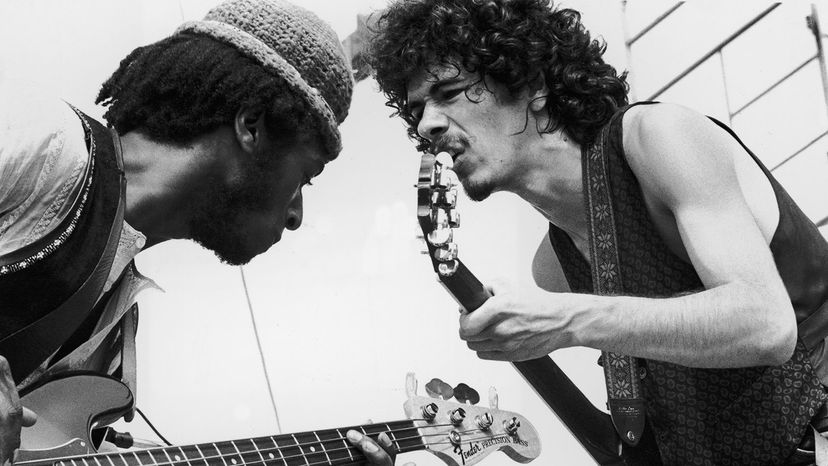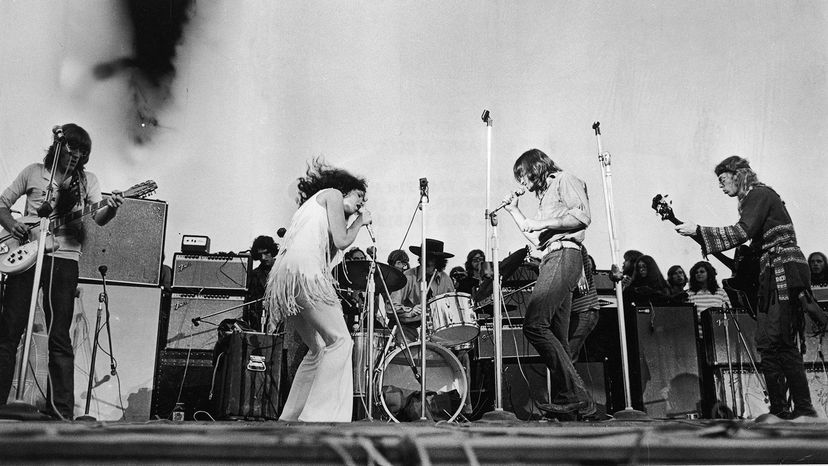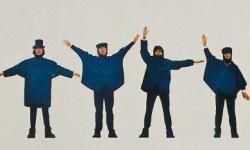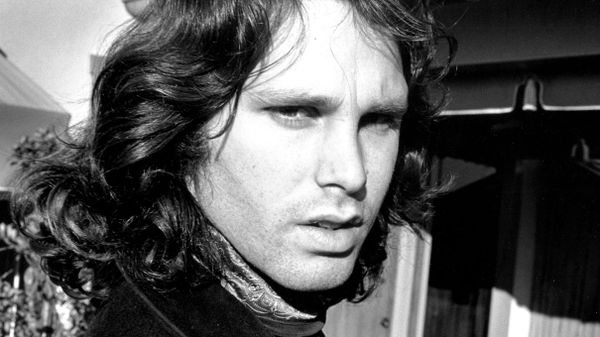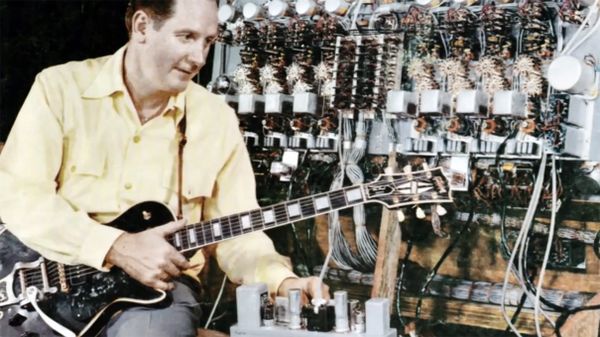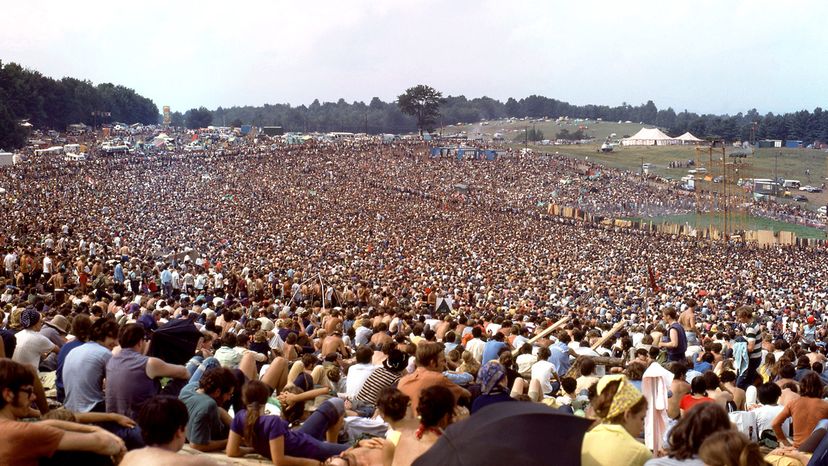
The Woodstock Music and Art Festival was held Aug. 15-18, 1969, not in Woodstock but in Bethel, New York, 40 miles (64 kilometers) away. Woodstock was supposed to host the festival, but when rumors spread that attendance could reach 1 million people, the city backed out. Farmer Max Yasgur saved the concert by hosting more than 500,000 attendees in his alfalfa field.
With the huge crowd, there were shortages of food, water and restrooms, but most revelers still enjoyed some of the best musical acts of the era. Here's the lineup from that fateful weekend.
Advertisement
